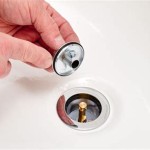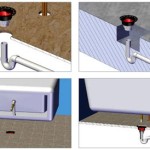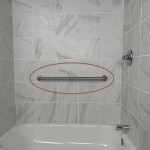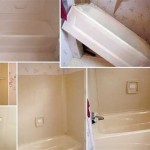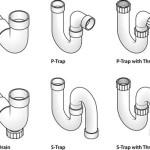How to Support a Bathtub
A bathtub is a vital fixture in many homes, offering relaxation and rejuvenation. However, over time, the supporting structure beneath the tub can weaken, leading to instability and potential safety hazards. Supporting a bathtub effectively is crucial to ensure its longevity and prevent accidents. This article will delve into the key aspects of supporting a bathtub, providing guidance on identifying potential issues, selecting appropriate solutions, and implementing the necessary steps for a secure and durable installation.
Assessing the Existing Support
The first step in supporting a bathtub is to thoroughly assess the existing structure. This involves identifying any signs of weakness, damage, or inadequate support. Some common indicators include:
- Sagging or uneven floorboards beneath the tub.
- Cracks or gaps in the surrounding walls.
- Squeaking or creaking noises when stepping into the tub.
- Visible movement or shifting of the tub itself.
Once these signs are identified, it's essential to determine the cause and extent of the problem. This may involve consulting a professional inspector or contractor to assess the underlying structural issues. Understanding the root cause will guide the selection of appropriate support solutions.
Choosing the Right Support Method
The choice of support method depends largely on the nature of the problem and the existing structure. Common methods used to support bathtubs include:
1. Bathtub Legs
Bathtub legs are a simple and economical option for supporting freestanding tubs. These legs typically come in sets of four and are adjustable in height to ensure level positioning. They are particularly suitable for tubs with built-in supports or minimal weight. However, they may not be adequate for heavier tubs or those with significant weight distribution issues.
2. Bathtub Supports
Bathtub supports, also known as tub brackets, are designed to provide additional support for the sides of the tub. They are typically made of metal and are secured to the surrounding walls or floor. These supports are effective in reinforcing existing structures and distributing the tub's weight more evenly. They are suitable for tubs that are not freestanding and require additional stability.
3. Tub Enclosures
Tub enclosures, such as tiled walls or prefabricated units, can provide structural support and enhance aesthetics. They encapsulate the tub, creating a more robust and integrated system. This method is particularly beneficial for tubs requiring significant support or those located within a larger bathroom remodel.
4. Structural Reinforcement
In cases of severe structural damage, it may be necessary to reinforce the underlying subfloor, walls, or entire bathroom structure. This can involve adding additional beams, joists, or support posts to strengthen the existing framework. It's crucial to consult a structural engineer or contractor for this type of solution, as it requires specialized expertise and building codes compliance.
Installing the Support
Once the appropriate support method is chosen, installation should be carried out carefully and according to manufacturer instructions. Proper installation ensures the effectiveness and safety of the support system. Some common installation tips include:
- Using appropriate fasteners and anchors for the chosen support method.
- Ensuring level and secure placement of legs, supports, or enclosures.
- Adhering to building codes and safety regulations.
- Seeking professional installation for complex or structural reinforcement projects.
Regular maintenance and inspection of the support system are essential for ensuring its continued effectiveness. Check for loose connections, signs of wear or damage, and any indication of instability. Timely repairs and adjustments can prevent further deterioration and maintain the safety and longevity of the bathtub.

Correctly Installing A Bath Bathroom Guru

Correctly Installing A Bath Bathroom Guru

How Are Most Bathtub Supported Remodeling And Home Building Answers

Can My Floor Support A Bathtub Reinforce For

How To Level An Already Settled Bath Tub Diy Home Improvement Forum

Bluestone Bathtub Safety Bar Mobility And Support Assistance With Adjustable Clamp Rubber Grip White Com

Correctly Installing A Bath Bathroom Guru

How To Support A New Tub So It Doesn T Flex Ehow

Vanityfus 61 In X 30 Stone Resin Flatbottom Solid Surface Non Slip Freestanding Soaking Bathtub White With Drain And Hose Vf Fs303 1550 The Home Depot

65 Solid Surface Freestanding Soaking Bathtub With Overflow Giving Tree

